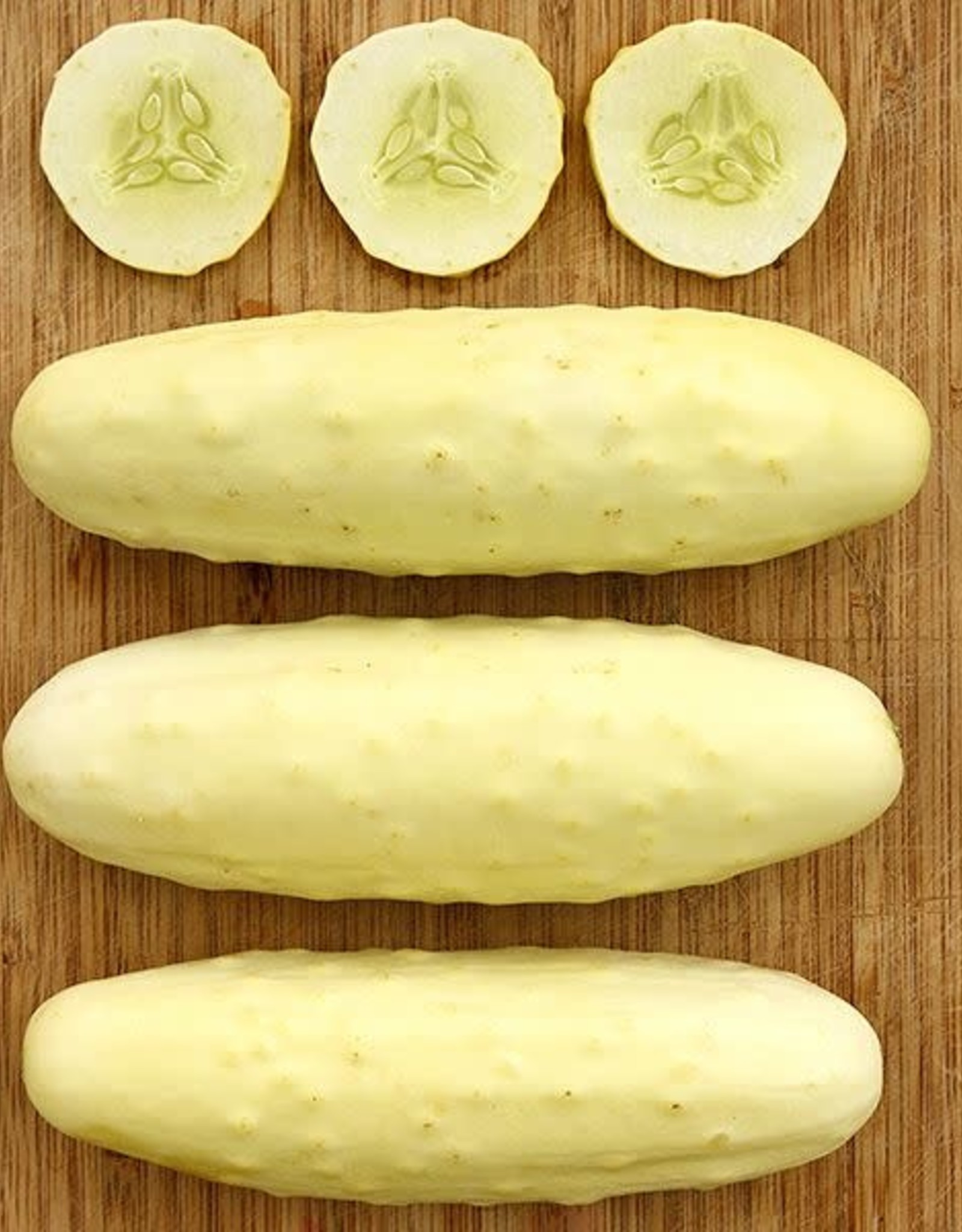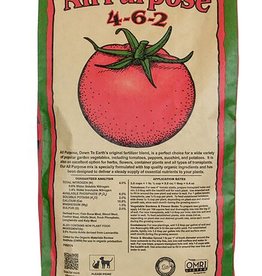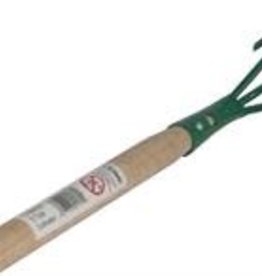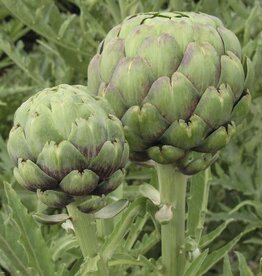HM Silver Slicer Cucumber 1/16 OZ
| Availability: | In stock (8) |
Photo and Description Credit - High Mowing Seeds
A creamy-white slicer with excellent flavor and lovely smooth skin.
This thin skinned, refined heirloom from the breeders at Cornell University produces stunning, white fruits with thin skin that never gets bitter. Though an heirloom, field resistance to powdery mildew allows for marketable harvest well into the fall. With a buttery texture that is never watery, this is a variety often favored over many of its green skinned competitors. A portion of the sales of this variety are paid to the breeder.
- Monoecious
- Excellent flavor
- 5-6" fruit
Disease Resistance Details
High Resistance: Powdery Mildew
1-1.3M (1.19M avg) seeds/oz
Cultural Info
Cucumbers (Cucumis sativus) are a warm season tender annual in the Cucurbitaceae family, which includes melons, summer squash and winter squash, and gourds. Cucumbers have a variety of shapes, sizes and uses:
- Picklers are small and spiny and good for preservation
- European slicers have a thin skin which doesn’t store as well but is very tender and delicious
- American slicers have a thicker skin which makes them sturdier and good for shipping.
- Specialty cucumbers in shapes ranging from little spheres to long skinny curly types in gold and green.
Soil Nutrients and Requirements
Cucumbers prefer well drained fertile soil high in organic matter with neutral pH. Cucumbers are heavy feeders. Sidedressing is recommended one week after blossoming and again 3 weeks later, especially if there are signs of deficiency. Nitrogen deficiencies cause yellowing, and bronze leaves are a sign of potassium deficiency.
Seeding Depth
½”
Plant Spacing
For slicing cukes 12-24", for pickling cukes 8-12”, for greenhouse cukes 20”.
Row Spacing
Row spacing: for slicing and greenhouse cukes 5-6’, for pickling cukes 3-6’.
When to Sow
Cucumbers can be direct seeded or transplanted one week after all danger of frost has passed. Start transplants 3-4 weeks before planting date. Plants with one or two true leaves transplant best. Optimal soil temperature for germination is 85°F. Soil temperatures below 50°F slow growth and impair water uptake by roots. Cucumbers prefer an air temperature of at least 70°F during the day, 60°F at night. Plastic mulch and row covers are commonly used for field cucumbers to increase soil and air temperature and ward off insects. Make sure to remove row covers when plants begin to flower to ensure pollination.
Other Considerations
- Greenhouse cucumbers should be kept pruned to one central leader and trellised with a wire that can slide laterally to create space as vines grow. Greenhouse cucumbers are parthenocarpic, able to produce fruit without pollination. Seedless cucumbers are attained by excluding insects from the greenhouse. If insects are present, they will pollinate flowers and fruits will produce seed.
- Cucumbers can be misshapen from low fertility or poor pollination
Harvest
Once plants begin to bear, it is important to harvest every day or two. Plants carrying overripe fruit will slow production.
Storage
Cucumbers store well for up to 7-10 days at 50-55°F with 95% relative humidity and can become injured at temperatures lower than 50°F. Thin skinned cucumbers are best stored wrapped in plastic.
Pest Info
- Striped or Spotted Cucumber Beetles usually emerge from overwintering in debris at the edges of fields in early June. Protect young plants with floating row covers. Established plants can usually withstand a beetle infestation; it is the spread of bacterial wilt by their feeding that is of the most concern. Practice crop rotation and removal of crop debris to discourage overwintering populations.
- Squash Vine Borer- Monitor plants in late June to early July. Adults are orange moths with black spots that can be seen flying around in the daytime. They lay eggs at the base of stems, which the larvae chew through, causing wilting. Larvae can be dug out and killed. Destroying crop residues will help with next year’s population.
- Aphids can be washed off plants with a hard stream of water. They have several natural predators that control populations including parasites (aphids appear grey or bloated), lady beetle larvae and lacewings.
Disease Info
- Bacterial wilt (Erwinia tracheiphila) is spread by cucumber beetles and will quickly kill young plants. Control of cucumber beetles is critical in preventing spread of this disease.
- Angular Leaf Spot, caused by the bacteria Pseudomonas syringae pv. lachrymans, can be responsible for decreased yields due to loss of photosynthesis when leaves become ragged, but does not kill the plant and does not necessarily affect fruit.
- Gummy stem blight (Didymella bryoniae) is common on greenhouse cucumbers and can be prevented by strict sanitation measures to remove and destroy all plant residue, as well as measures to reduce wetness on leaves.
- Cucumber mosaic virus causes leaves to become mottled and distorted and fruit stunted and misshapen. Use of row cover (to exclude aphids, which can carry the disease) and controlling weeds (also potential hosts) can be effective in preventing CMV, as well as selecting varieties with disease resistance and/or tolerance.
- Scab – Avoid wetting foliage and give plants plenty of space for circulation.
- Cucumbers are also subject to the fungal diseases of powdery mildew and downy mildew that affect all cucurbit crops, for which the best prevention is the selection of resistant varieties








